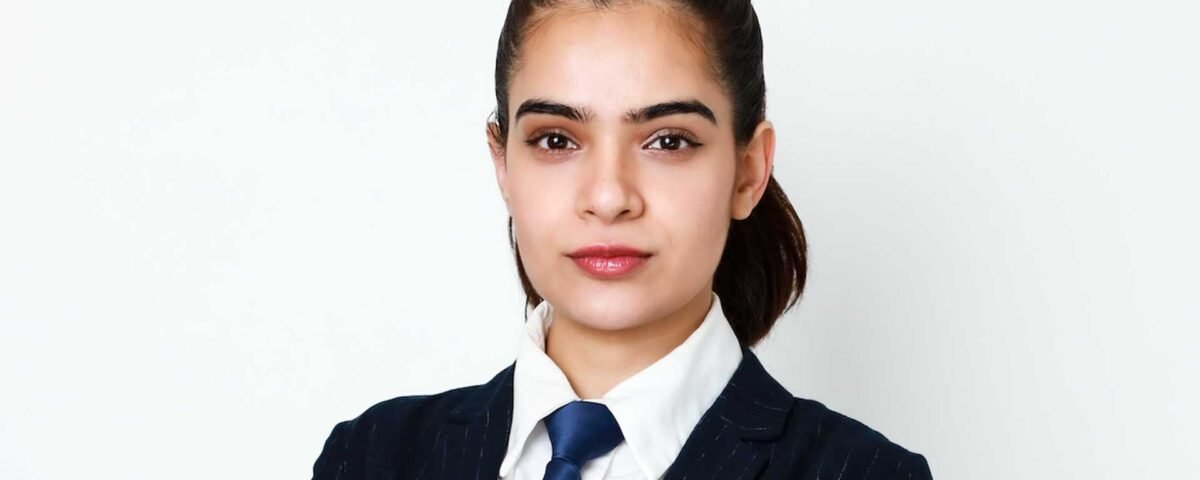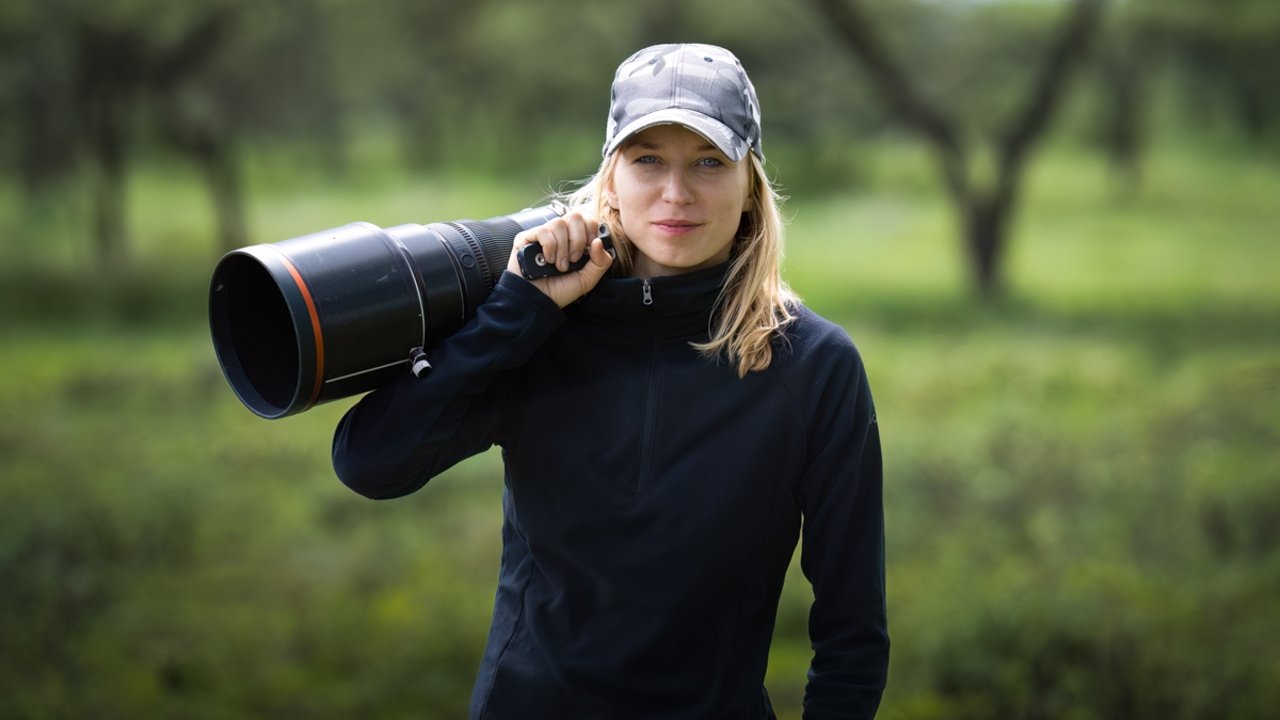
Ariana Ziying Zhu Talks Designing the Future of Safari Tours
May 27, 2025
Crafting Spaces with Story and Style with Nanyan Chen
May 27, 2025Thank you! I’m Sarah Zaheer—I'm a designer and researcher with a deep love for solving meaningful problems that sit at the crossroads of people and technology. What pulled me into design was this ongoing curiosity about why people do what they do.
That led me to Behavioral Design, where I realized how powerful design can be in shaping everyday actions for the better. For me, it’s not just about building beautiful interfaces—it’s about creating experiences that empower people and leave a lasting impact.
Winning the MUSE Design Awards has been a major moment of validation—not just for me, but for the potential of TrashitRight as a real-world solution. It’s helped me build credibility when reaching out to potential collaborators and funders, because the award shows there’s already strong interest and belief in the idea. I’ve had conversations around taking this beyond a prototype—exploring grants, partnerships, and seed funding to help develop a pilot in schools or community centers.
More than that, it’s sparked deeper thinking around how this project could evolve into a larger behavioral design initiative. At its core, TrashitRight isn’t just about trash—it’s about changing habits. And that opens up so many opportunities to apply these same principles to other behavior-driven challenges, whether in sustainability, health, or education. This recognition gave the project visibility—but also momentum to take it further.
Experimentation is at the heart of how I design—it keeps things fresh, human, and grounded in reality. With TrashitRight, we explored everything from camera recognition tech to different projection formats. At one point, we tested sound-based feedback, but it didn’t feel quite right.
Eventually, we landed on visual projection because it was intuitive and inclusive. As someone who works in Human-Computer Interaction, I really value that back-and-forth between what we think will work and what actually works for people in context.
Once, I was watching someone toss a coffee cup into a trash bin—and then hesitate, pull it back, and look around, confused. That brief moment of indecision really stuck with me. It wasn’t a dramatic scene, but it said so much about the everyday friction people feel around waste disposal.
That small, awkward pause inspired TrashitRight—because I realized design could step in right at that moment to guide, support, and even reward the right decision. Sometimes inspiration isn’t loud—it’s a quiet, overlooked moment that reveals a much bigger opportunity.
The biggest challenge I faced while working on TrashitRight was translating behavior change theory into something playful, intuitive, and accessible in a public setting. I didn’t want it to come across as preachy or overly technical—just something that made people pause, reflect, and act differently without feeling pressured.
To overcome this, I focused on research and real-world observation. I spent time in the environments where the design would live—watching how people moved, where they looked, how long they paused. I used those insights to shape the tone, timing, and delivery of the experience. By grounding the design in lived behavior, I was able to create something that felt natural and engaging—something that met people where they were.
One piece of advice I’d give to aspiring designers is this: reach out to the design community—and don’t be afraid to put yourself out there. The design world can feel overwhelming at first, but connecting with others in the field is one of the best ways to grow, stay inspired, and discover new opportunities.
Whether it’s through online communities, local meetups, mentorship programs, or even a cold DM on LinkedIn, surrounding yourself with other creatives can open doors you didn’t even know existed. You’ll gain feedback, insights, encouragement—and maybe even collaborators who help you push your work further.
I wish more people asked: How do you know your design is making a difference? Because for me, impact is everything. I look at behavior change—are people doing things differently because of what we created? Are they learning, engaging, growing?
In TrashitRight, success wasn’t about clicks or downloads—it was seeing someone pause, think, and sort their waste correctly for the first time. That’s the kind of design that sticks. And that’s what I’ll always strive for.
Sarah Zaheer
Sarah Zaheer is a designer and researcher fascinated by the hidden reasons behind human behavior, using her passion for behavioral design to craft technology that gently guides everyday actions toward positive change.
Explore the journey of Yuanfei Zhao, the Silver Winner of the 2025 MUSE Design Awards. She blends creativity with AI-driven design, crafting seamless and intuitive user experiences for projects like speech-to-text tools and cancer research platforms that connect technology and people effortlessly.







